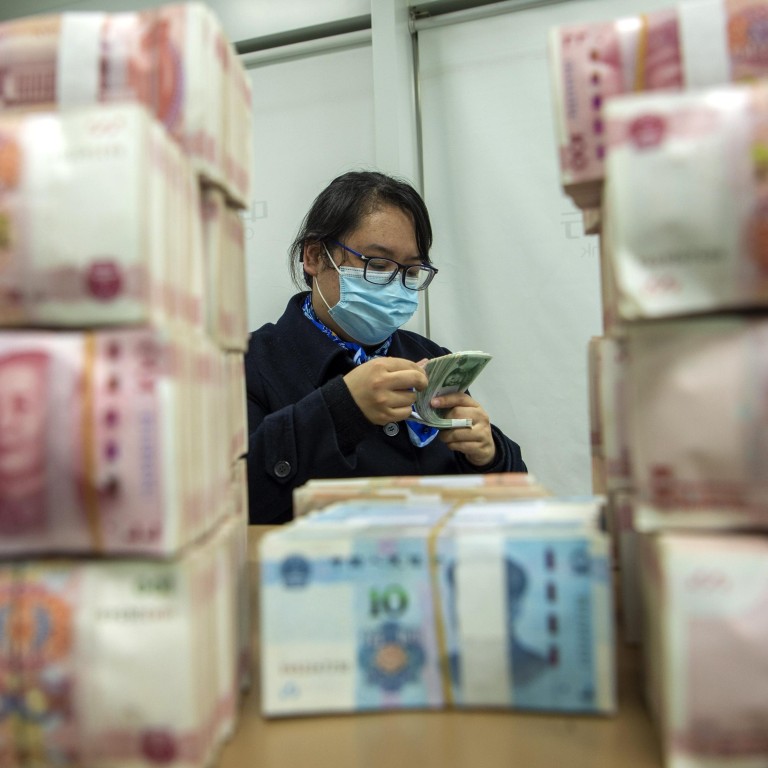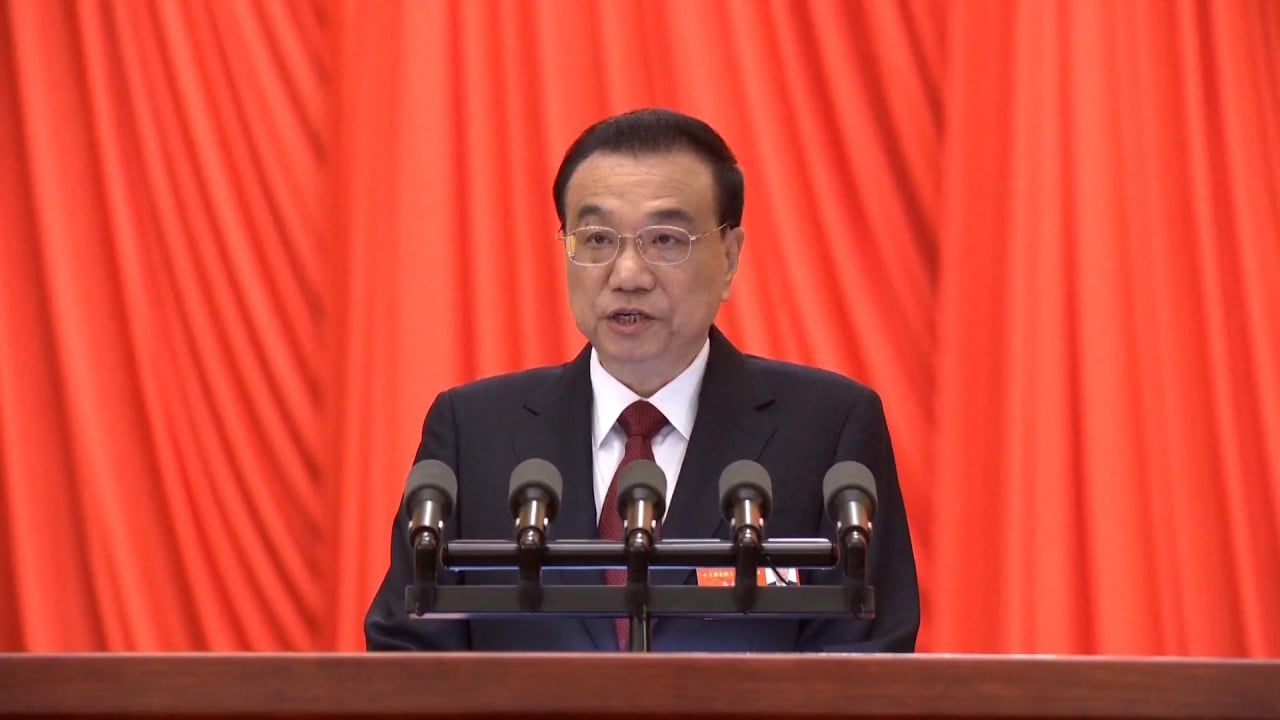
China’s Big Six banks meet first-quarter profit forecasts, but Covid-led slowdown poses higher bad loan risks
- Leading state-owned Chinese banks report first-quarter profit growth in line with expectations
- Postal Savings Bank of China beat estimates, posting 18 per cent profit growth
The Big Six – Agricultural Bank of China, Bank of Communications, Bank of China, China Construction Bank, Industrial and Commercial Bank of China and Postal Savings Bank of China – reported stable non-performing loan (NPL) ratios in the first-quarter compared with the end of last year, thereby lightening their impairment charges.
But going into the second half, there is likely to be an overall increase in corporate and retail NPLs due to the slowing economy, said Chen Shujin, an analyst at Jefferies.
“We expect more negative impact to [NPL ratios] for personal business loans due to the recent lockdowns in major cities,” said Chen.

The banking sector escaped the impact of the latest Omicron outbreak in Shanghai, which brought China’s financial hub to a halt after a lockdown was imposed on April 1. China is now grappling with one the most severe bouts of disruption to economic activity since the Covid-19 pandemic started in late 2019, as the nation’s zero-Covid policy has forced factories and businesses to suspend operations intermittently over the last two months.
The NPL ratio may still improve in the first half because of the People’s Bank of China’s continuing monetary loosening policies since late last year, said Chen. With cuts in the reserve requirement ratios, banks generally face less liquidity issues and thus improve the overdue loan ratio.
Below is a summary of the Big Six banks’ results for the first-quarter:
Agricultural Bank of China’s first quarter net profit rose 7.4 per cent year on year to 70.8 billion yuan (US$10.7 billion). Its NPL ratio improved slightly to 1.41 per cent, down 2 basis points from the end of last year.
Bank of Communications’ net profit rose 6.3 per cent to 23.3 billion yuan. Its NPL ratio was 1.47 per cent, down 1 basis point.
Bank of China’s net profit rose 7 per cent to 57.8 billion yuan. Its NPL ratio was 1.31 per cent, down 2 basis points.
China Construction Bank’s net profit rose 6.8 per cent to 88.7 billion yuan. Its NPL ratio was 1.4 per cent, down 2 basis points.
Industrial and Commercial Bank of China’s net profit rose 5.7 per cent to 90.6 billion yuan. Its non-performing loan ratio was unchanged at 1.42 per cent.
Postal Savings Bank of China (PSBC) was the only bank to top estimates. Net profit rose 17.8 per cent to 25 billion yuan, while the NPL ratio was 0.82 per cent, the same as the end of 2021.
PSBC, which has the highest proportion of deposits placed with the central bank among the Big Six, is likely to benefit the most from the PBOC’s cut in the reserve requirement ratio, according to Jefferies.
The investment bank has PSBC as one of its top-pick Chinese banks, with a “hold” rating and target price of HK$5.62.


